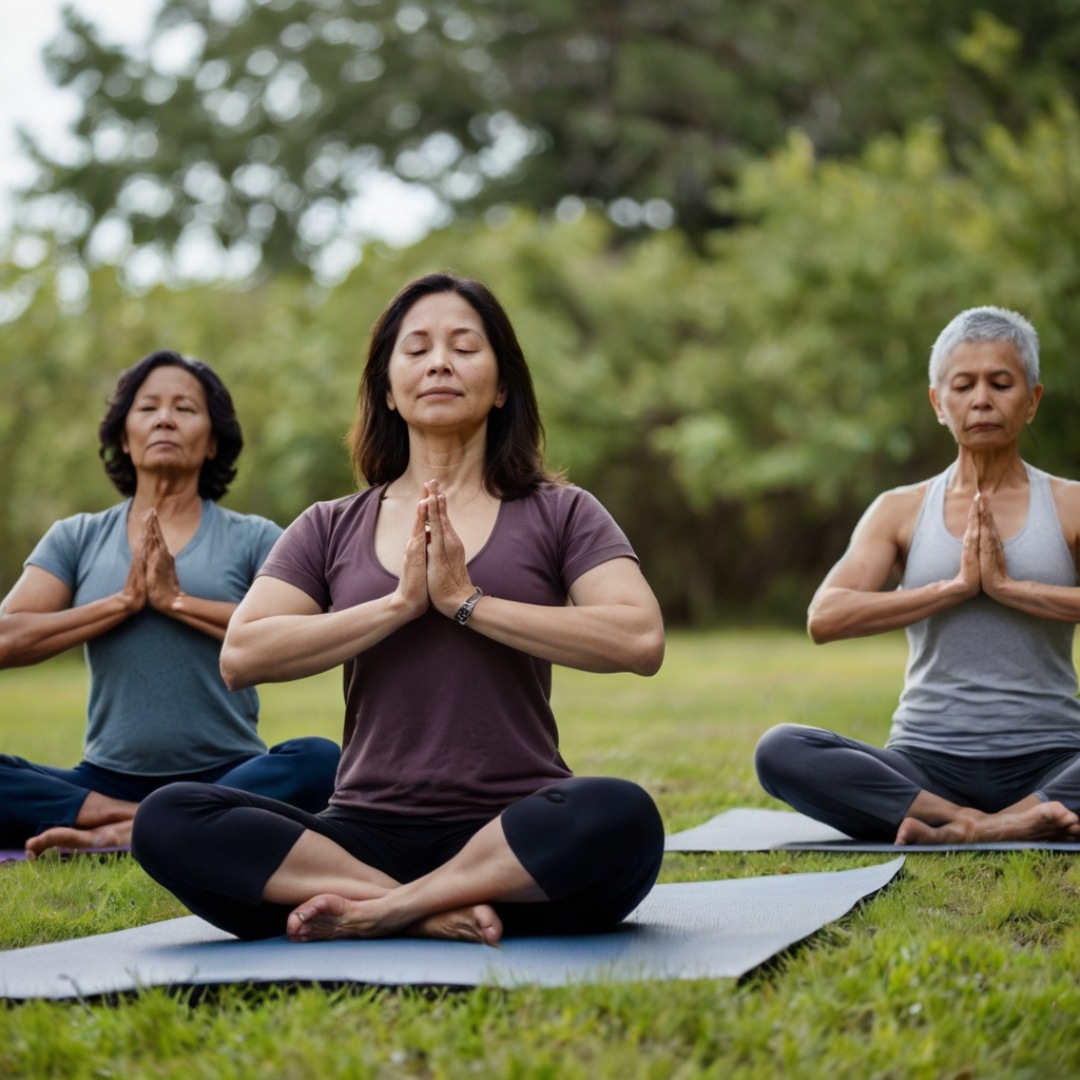Disclosure:
Thank you for reading this post, don't forget to subscribe!
Some of the links on this website are affiliate links. This means that if you click on the link and make a purchase, we may receive a small commission at no extra cost to you. Your support helps us keep the site running.Learn more on my Privacy Policy and Affiliate Disclosure page. Thank you for your support!
If joint pain or discomfort has kept you from exercising regularly, you’re not alone. Many people experience joint issues that limit their physical activity, but the good news is that low-impact workouts can deliver high-impact results for joint health without causing unnecessary strain. These exercises can help you stay active, build strength, improve flexibility, and maintain a healthy lifestyle—all while protecting your joints.
In this comprehensive guide, we’ll explore effective low-impact workouts, their numerous health benefits, and how you can integrate these into your daily routine for optimal joint health and overall well-being.
READ NEXT:
Why Choose Low-Impact Workouts?RED
Low-impact exercises are physical activities that minimize stress on your joints while still providing significant health benefits. They’re particularly beneficial for individuals with arthritis, chronic joint pain, injuries, or those recovering from surgery. Even athletes and fitness enthusiasts regularly incorporate low-impact workouts to enhance recovery and prevent injuries.
Benefits of Low-Impact Workouts
- Reduced Joint Strain: Low-impact exercises minimize pressure on knees, hips, ankles, and the lower back.
- Improved Cardiovascular Health: Activities like swimming and cycling strengthen your heart without overstressing joints.
- Enhanced Muscle Strength and Flexibility: Regular practice improves overall body strength, stability, and flexibility, contributing to better joint support.
- Better Mental Health: Physical activity boosts mood, reduces stress, and enhances overall mental wellness.
According to the Centers for Disease Control and Prevention (CDC), adults should aim for at least 150 minutes of moderate-intensity physical activity per week, making low-impact workouts an ideal choice.
Top Low-Impact Workouts for Joint Health
1. Swimming
Swimming is arguably the best low-impact, high-result exercise available. It engages nearly every muscle group, enhances cardiovascular fitness, and significantly reduces joint stress.
How to Get Started:
- Join a local community pool or aquatic center.
- Begin with short sessions of 15-20 minutes, gradually increasing duration.
- Consider structured classes like aqua aerobics for guided routines.
2. Cycling
Cycling is a fantastic low-impact workout for the lower body, promoting muscle strength and cardiovascular endurance without burdening joints.
Tips for Success:
- Start with shorter rides and gradually build up distance.
- Ensure proper bike fit and posture to reduce strain.
- Stationary cycling is also an effective alternative, especially in colder months.
3. Yoga

Yoga is known for enhancing flexibility, improving joint mobility, and increasing muscular strength. Additionally, yoga promotes relaxation and stress relief, crucial for overall well-being.
Yoga for Beginners:
- Try gentle yoga styles like Hatha or restorative yoga.
- Incorporate poses like the Child’s Pose, Downward Dog, and Tree Pose for improved flexibility and joint support.
- Attend a local class or follow guided online sessions.
Check out our article on Finding Joy In The Little Things: Practicing Mindfulness to learn more about integrating mindfulness practices like yoga into your daily life.
4. Walking
Walking is simple yet highly effective, providing cardiovascular benefits and improving overall fitness without excessive joint impact.
Tips for an Effective Walking Routine:
- Start with daily 20-minute walks.
- Gradually increase intensity with gentle inclines or brisk walking.
- Maintain good posture and use comfortable, supportive footwear.
Explore additional fitness options with our guide on the 10 Best Cardio Exercises for Beginners.
5. Pilates
Pilates focuses on core strength, flexibility, and proper alignment, greatly benefiting joint stability and reducing pain.
Getting Started with Pilates:
- Attend beginner classes or follow video sessions online.
- Incorporate basic exercises like the Pelvic Tilt, The Hundred, and Leg Circles.
- Aim for consistency, practicing Pilates 2-3 times weekly.
Creating Your Low-Impact Workout Routine
Designing a workout routine that suits your needs can enhance adherence and enjoyment.
Weekly Sample:
| Day | Workout | Duration |
|---|---|---|
| Monday | Swimming | 30 minutes |
| Tuesday | Yoga | 30-45 minutes |
| Wednesday | Cycling | 30 minutes |
| Thursday | Rest or gentle walk | 20 minutes |
| Friday | Pilates | 30 minutes |
| Saturday | Walking | 30-45 minutes |
| Sunday | Rest/Recovery | Stretching |
Common Mistakes to Avoid
- Ignoring Pain: While discomfort can be part of exercise, sharp or persistent pain is a signal to stop and seek advice.
- Inadequate Rest: Allow your body sufficient recovery to prevent injury.
- Poor Technique: Proper form is essential to gain maximum benefits and avoid unnecessary strain.
RECENT POST:
Recommended Resources for Further Education
Conclusion: Invest in Your Joint Health
Low-impact workouts offer a sustainable path to maintaining and improving joint health, strength, and flexibility. By consistently engaging in activities like swimming, cycling, yoga, walking, and Pilates, you can enjoy significant health benefits without risking joint damage.
Take Action Today!
Ready to start your low-impact fitness journey? Subscribe to our newsletter for regular health and fitness updates, explore more articles on Morningscape Mindset Media, or leave a comment sharing your favorite low-impact exercises!
MORE ABOUT:
health / fitness / wellness / nutrition
SHARE THIS ARTICLE

















